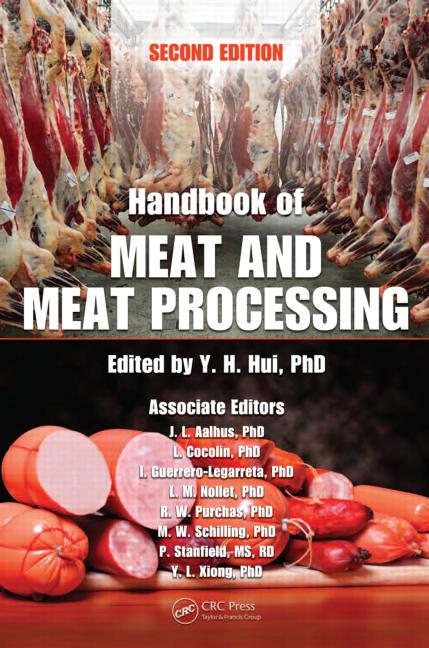In recent years, clean-label products have become popular with consumers who also do not want to give up any of their other conveniences, including far-reaching expiration dates. As a result, ingredients with clean labels have become popular for extending the shelf life of meat and poultry products.
Because sodium intake also is important to consumers, clean-label ingredients with short ingredient statements and less sodium have gained in popularity for meat processors trying to meet all of these consumer demands, says Jin-Shan Shie, senior research and development manager for West Liberty Foods.
In addition to a clean-label ingredient statement and reducing sodium content, cost, effectiveness and flavor impact are also trends driving shelf-life extenders.
“Meat processors are always looking for ingredients that can extend shelf life with no or minimum flavor impacts,” Shie explains. “Finding the right type of antimicrobials that can extend shelf life of uncured meat products has been challenging, so meat processors have been looking for ingredients that can do that job. As a matter of fact, meat processors have been looking for antimicrobials that not only can provide the desired shelf life of uncured meat product, but also with minimum sodium and clean label.”
Recently, ingredients with clean label and short ingredient statements have become the focus of ingredient suppliers as well, and a few suppliers have introduced some new antimicrobials that have clean labels with a minimum amount of sodium, Shie adds.
Typically, formulating with shelf-life-extending ingredients isn’t a problem. Normally, antimicrobials are water soluble or in liquid form and easily can be incorporated into the typical meat processing steps, Shie says. In addition, they are effective in the typical pH range of meat systems. The amount of antimicrobial needed to achieve a certain length of shelf life is determined by product chemistry, such as pH, moisture, cured or uncured along with the amount of nitrite and water activity, and challenging studies, or shelf-life studies, are conducted to determine the amount of antimicrobial needed, Shie explains.
“These types of studies can be very time consuming and the products need to be handled carefully to avoid contaminations,” he says. “Recently, microbial growth predictive models have been developed for certain target microbials using certain types of antimicrobials, but those models have been shown to be not very reliable. Researchers have been working on adding more data to the models to refine and improve the reliability of the models, but much more work is still needed to improve the models.”
Moving forward, working to achieve a clean label along with organic ingredients and products will continue to have an impact on shelf-life-extending ingredients in meat and poultry industry.
“Organic meat products continue to grow, and as for now, [high-pressure processing] is the best option for organic meat products, and it comes with high cost,” Shie says. “There are only very few options for organic antimicrobials, and with the growing demand for organic meat products, the industry is putting some focus on organic antimicrobials to meet the demand.” NP







Report Abusive Comment